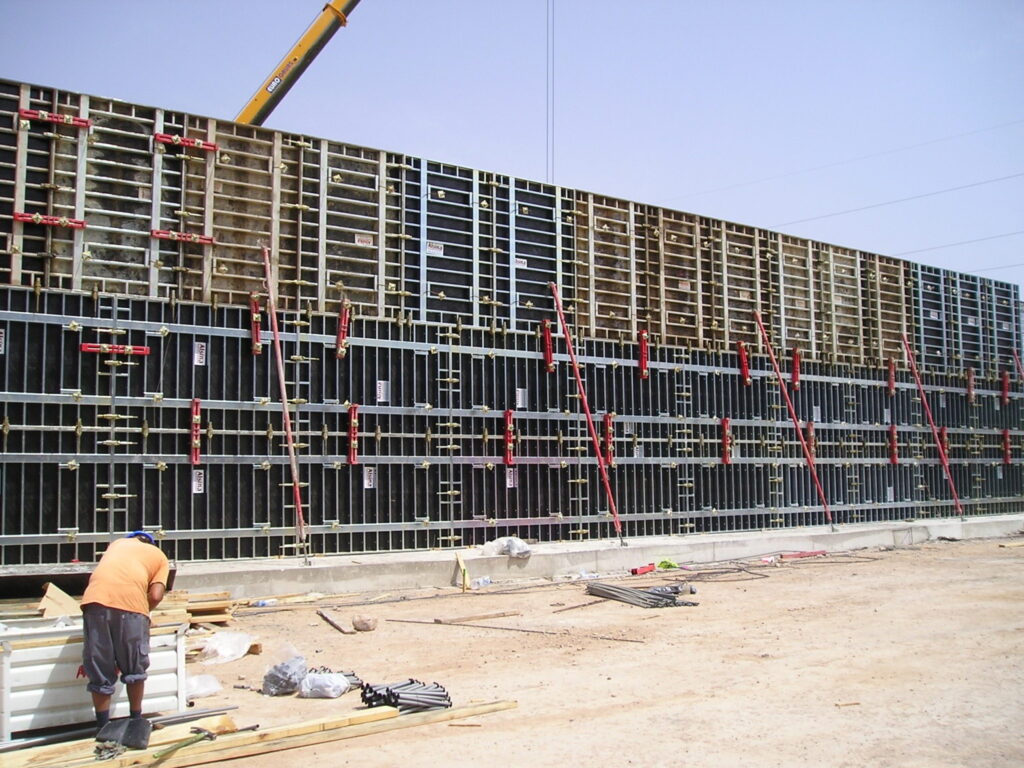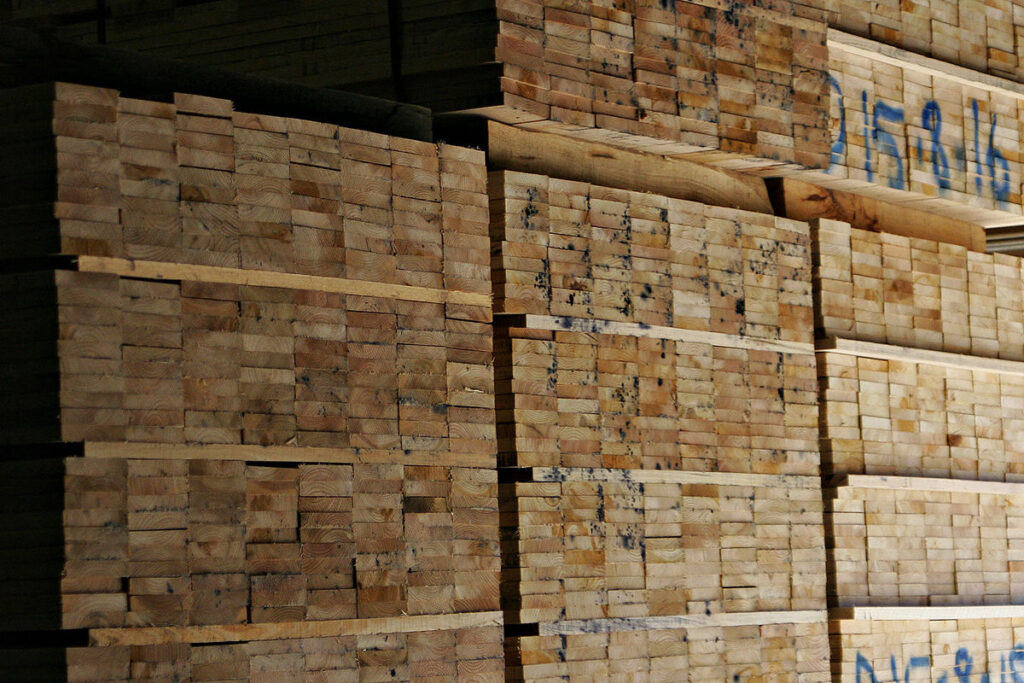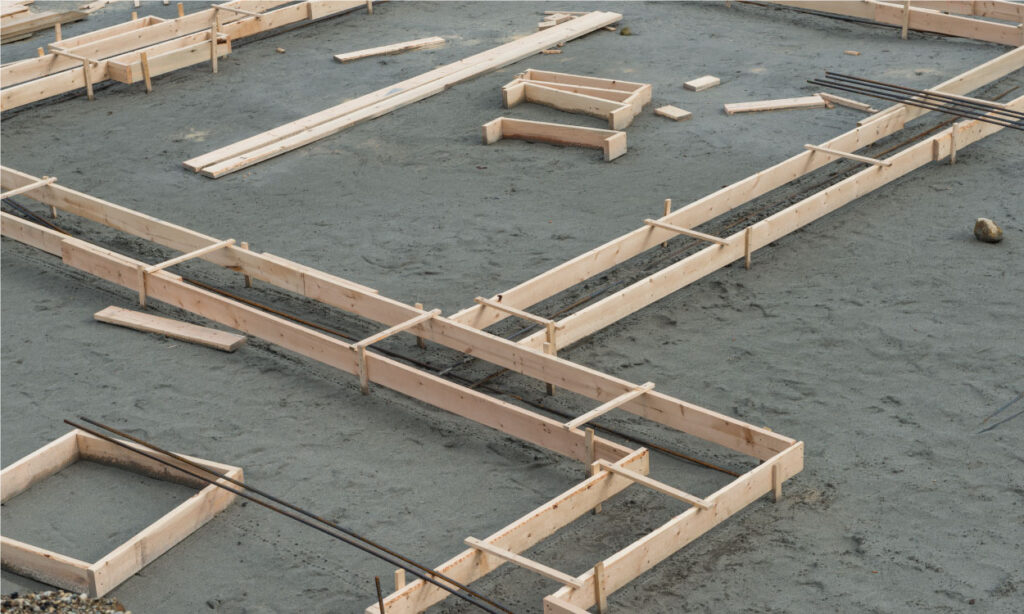
Laminated Veneer Lumber (LVL) formwork is a significant advancement in construction technology, combining engineered wood products with innovative design principles. This specialised construction material consists of multiple layers of thin wood veneers bonded together under high pressure, creating a robust and reliable formwork solution.
The Australian construction industry has seen a remarkable shift towards LVL formwork adoption, driven by its superior structural properties and versatile applications. These engineered panels serve as temporary structures that shape concrete during the pouring and curing process, ensuring precise dimensional accuracy and exceptional surface finish.
Key Features of LVL Formwork:
- Engineered for consistent performance
- Superior strength-to-weight ratio
- Precision manufacturing process
- Enhanced dimensional stability
The growing demand for LVL formwork comes from its ability to meet the complex requirements of modern construction projects. Building designers and contractors increasingly specify LVL formwork for its reliability, particularly in projects requiring high-quality concrete finishes and precise structural elements.
Advantages of Using LVL Formwork
LVL formwork stands out in construction projects through its exceptional strength-to-weight ratio. The engineered wood product’s layered structure creates a robust framework capable of withstanding substantial concrete loads while maintaining structural integrity throughout multiple uses.
1. Durability
The durability of LVL formwork stems from its manufacturing process:
- Cross-laminated veneers provide superior load-bearing capacity
- Enhanced resistance to mechanical stress
- Maintains shape under varying weather conditions
- Consistent performance across repeated applications

2. Lightweight Nature
A significant advantage lies in the lightweight nature of LVL formwork. Construction teams benefit from:
- Reduced physical strain during installation
- Faster assembly and dismantling processes
- Lower transportation costs
- Easier handling on-site
3. Resistance to Warping and Splitting
The material’s natural resistance to warping and splitting sets it apart from traditional timber formwork options. This resistance results from:
- Engineered layering techniques
- Strategic veneer orientation
- Advanced adhesive technology
- Controlled manufacturing conditions
These properties make LVL formwork particularly suitable for projects requiring precise concrete finishes. The material’s dimensional stability ensures accurate form retention during concrete pours, resulting in superior surface quality and reduced need for post-pour treatments.
4. Moisture-Resistant Properties
Australian construction sites experience varied weather conditions, making LVL formwork’s moisture-resistant properties particularly valuable. The engineered structure prevents water absorption and subsequent deformation, maintaining form accuracy regardless of environmental challenges. Learn more about moisture on https://illumin.usc.edu/the-chemistry-behind-moisturizers/
Cost-Effectiveness and Efficiency with LVL Formwork
LVL formwork delivers substantial cost benefits through its extended lifespan and reusability. A single LVL formwork panel can be used up to 25-30 times in construction projects, compared to traditional formwork materials that require frequent replacement.
The customisable nature of LVL formwork creates significant advantages in complex architectural designs. Its precision-engineered structure allows for:
- Accurate cutting and shaping on-site
- Seamless integration with curved surfaces
- Adaptability to unique structural requirements
- Quick modifications for different project specifications
Labour costs see marked reductions with LVL formwork implementation. The lightweight properties enable faster installation, requiring fewer workers per task. Project data indicates up to 30% reduction in labour hours compared to traditional formwork methods.
Time efficiency gains emerge through:
Learn more about safety strips on: Safety Strip Use with Reobars: Protecting Workers on Site
- Rapid assembly and dismantling processes
- Reduced material handling requirements
- Minimal preparation time between uses
- Streamlined transportation logistics

Australian construction companies report project timeline improvements of 15-20% when using LVL formwork systems. The combination of faster installation, reduced labour requirements, and minimal maintenance needs creates a compelling economic advantage for construction projects of all scales.
The standardised sizing and modular design of LVL formwork panels enable efficient storage and transport, reducing associated costs across multiple project sites.
Environmental Sustainability of LVL Formwork
LVL formwork is leading the way in sustainable construction practices in Australia’s building industry. Its manufacturing process follows strict environmental standards and uses timber sourced from certified plantations.
Lower Carbon Emissions
The production of LVL formwork generates 70% less carbon emissions compared to traditional steel and concrete formwork alternatives. This significant reduction is due to:
- Minimal energy consumption during manufacturing
- Efficient use of raw materials with reduced waste
- Lower transportation emissions because of its lighter weight
Creating a Circular Economy
The recyclability of LVL formwork creates a circular economy within the construction sector. Used panels can be:
- Repurposed for other construction applications
- Processed into wood chips for landscaping
- Converted into biomass fuel for energy production
Sustainable Timber Sourcing
The renewable nature of timber resources ensures a continuous supply chain without depleting natural resources. Australian manufacturers source timber from:
- Managed plantation forests
- Fast-growing species with 20-25 year harvest cycles
- Areas with active reforestation programmes
Durability and Reduced Waste
LVL formwork’s durability allows multiple reuses on construction sites, reducing the demand for new materials and minimising construction waste. The lightweight nature of LVL also reduces fuel consumption during transportation, contributing to a smaller carbon footprint across the entire supply chain. To read more about carbon click here.
Environmentally Friendly Treatment Processes
Modern treatment processes enhance the natural properties of timber without harmful chemicals, making LVL formwork an environmentally responsible choice for sustainable construction practices.
Versatile Applications of LVL Formwork in Construction Projects
LVL formwork’s adaptability shines across diverse construction sectors, transforming building possibilities in Australia’s dynamic construction landscape.
Residential Construction
LVL formwork is used in various residential projects, including:
- Multi-storey apartment complexes
- Custom luxury homes
- Basement constructions
- Architectural feature walls
- Swimming pools and water features
Commercial Applications
In the commercial sector, LVL formwork finds applications in:
- Shopping centres with curved facades
- Office buildings with unique geometries
- Underground parking structures
- Multi-level retail spaces
- Column-free open spaces
Infrastructure Development
For infrastructure projects, LVL formwork is employed in:
- Bridge support structures
- Tunnel linings
- Railway platforms
- Highway sound barriers
- Retaining walls
The design flexibility of LVL formwork enables architects to push creative boundaries. Its precision engineering supports:
- Complex geometric shapes
- Curved surfaces
- Deep beam configurations
- Cantilever structures
- High-rise core walls
Australian builders particularly value LVL formwork’s ability to create precise angles and smooth concrete finishes. The material’s strength-to-weight ratio allows construction teams to handle larger panels, speeding up installation in high-rise developments.
Recent projects showcase LVL formwork’s versatility:
- Sydney’s waterfront developments featuring curved concrete facades
- Melbourne’s infrastructure expansion with complex bridge supports
- Brisbane’s modern apartment towers with distinctive architectural elements
The material’s adaptability extends to specialised applications like slip-forming techniques for tall structures and jump-forming systems for efficient high-rise construction.
Challenges Faced When Using LVL Formworks and Future Developments to Overcome Them
The adoption of LVL formwork presents specific challenges that require careful consideration. The initial investment costs stand as a primary concern for many builders, particularly smaller construction companies. Traditional formwork materials often appear more economically attractive at first glance, creating hesitation among contractors to switch to LVL alternatives.
A significant challenge lies in the specialised knowledge requirements for proper installation. Construction teams need comprehensive training to:
- Master precise alignment techniques
- Understand load-bearing calculations
- Learn proper handling and storage methods
- Implement correct fastening procedures
- Maintain quality control standards
The Australian construction industry has responded to these challenges through innovative solutions. Several manufacturers now offer flexible payment terms and leasing options to help manage upfront costs. Training programmes have evolved to include:
- On-site practical demonstrations
- Virtual reality simulations
- Hands-on workshops
- Certification courses
Industry leaders are developing simplified installation systems and improved documentation to streamline the learning curve. These advancements, coupled with the long-term cost benefits of LVL formwork, are gradually shifting perspectives within the construction sector.
Research institutions and manufacturers continue to work on reducing production costs while maintaining quality standards. New manufacturing techniques and materials processing methods show promise in making LVL formwork more accessible to a broader range of construction projects.
Technological Advancements Enhancing the Usefulness Of LVL Formworks In Modern Construction Industry
Smart monitoring systems have transformed how LVL formwork is used in today’s construction industry. These cutting-edge technologies work perfectly with LVL formwork structures to provide real-time information on:
- How weight is distributed
- Conditions for curing concrete
- Changes in temperature
- Levels of moisture
- Areas under stress
Benefits for Project Managers
With advanced sensor networks built into LVL formwork systems, important data is sent to cloud-based platforms. This allows project managers to:
- Keep an eye on the stability of structures around the clock
- Spot potential problems before they get worse
- Schedule concrete pouring more efficiently
- Ensure consistent quality control
Improved Planning with Building Information Modelling (BIM)
The integration of Building Information Modelling (BIM) with LVL formwork systems has improved how projects are planned and carried out. Construction teams can now see formwork layouts in three dimensions, find potential conflicts, and make necessary changes before installation starts.
Recent Innovations in Automated Monitoring Systems
Recent advancements in automated monitoring systems have introduced:
- Self-adjusting pressure sensors
- Wireless connectivity for remote monitoring
- AI-powered predictive maintenance alerts
- Real-time safety compliance tracking
These technological breakthroughs have greatly decreased the chances of human error and increased efficiency in construction. The combination of smart monitoring systems with the natural strength of LVL formwork offers a strong and dependable solution that meets the needs of modern buildings.
Conclusion
LVL formwork is a game changer in modern construction, offering outstanding strength and durability while still being cost-effective. Its lightweight design and resistance to warping make it an ideal choice for builders looking for efficiency without sacrificing quality.
The sustainability features of LVL formwork perfectly match current environmental priorities:
- Renewable timber resources
- Low carbon footprint
- Recyclable materials
The flexibility of LVL formwork allows for creative architectural designs in residential, commercial, and infrastructure projects. Advanced monitoring capabilities have improved its reliability, providing real-time data on structural integrity for increased safety and reassurance.
Looking to optimise your construction projects? Covert Procurement specialises in strategic sourcing of high-quality LVL formwork materials, including F17 grade formwork plywood and F14 grade plywood. Our expertise helps construction companies reduce costs while maintaining superior building standards.
In addition to formwork, we also supply essential chain and shade mesh that is fireproof, UV-treated, and hot-dipped galvanized for lasting protection. Furthermore, our reo-bar safety protection strips provide a durable solution to protect people from exposed reo bars on site.
